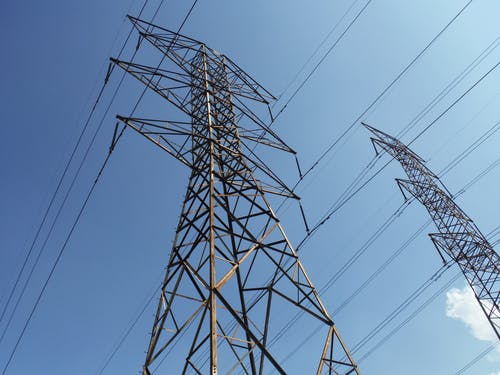|
Getting your Trinity Audio player ready...
|
By Daniel Kitwa
There was a time Kenya Power and Lighting Company (KPLC) was valued at KES 55 billion ($540 million). The firm has since lost about 50% of its value or thereabout. Indeed, much of the utility’s woes have been attributed to the alleged fraud and corruption issues that arose from last mile connectivity ambitions.
In a nutshell, the last mile connectivity was an electrification strategy that was to ensure the country attains full/universal electrification by 2022 or thereabout.
While the fraud issue is a valid point and one that cannot be understated, we’ll take a different assessment of another issue (i.e. the seemingly correlated growth in rural electrification and the decline in energy consumption with each new customer connected). To better understand this hypothesis, we contrast Kenya’s electricity trends with that of Uganda.
According to the Sustainable Energy For All (SEforAll) numbers, Kenya had remarkable growth in electricity access from 19.20% in 2010 to about 56.00% in 2016. This has since gone up even further to about 73% by 2019 as per Kenyan government records.
During this period, the biggest beneficiary in the energy inclusion equation was the rural population as the rural electricity access grew from about 6.70% to 39.30% between 2010 and 2016 compared to 58.20% in 2010 and a 77.60% in 2016 access rates in the urban regions.
For a country whose rural population is about twice as much the urban, meant high investment costs to the utility followed by low energy consumption by the new customers comprising of mostly rural households with little hope of load growth owing to the lack of high energy-consuming appliances like fridges, and electric cookers common to an urban family setting.
This consequently led to frequent profit warnings due to lower effective Average Revenue per User( ARPUs) a classic example of how hard a balance it is to achieve universality and commerciality for a company that’s partly government-controlled and private-owned.

Uganda in contrast still has a low access rate but with a much profitable utility i.e. Umeme. This is because its access rates only moved from 14.80% to 26.70% in 2010 and 2016, and a much lower rural access jump compared to Kenya’s.
This comparison is important because both countries have higher rural agri-dependent populations compared to urban. Additionally, from an electricity tariff pricing perspective, both are comparably subsidized and consequently unified meaning that pricing is the same for both urban and rural populations.
| Uganda | Kenya | |||
| Metric | 2010 | 2016 | 2010 | 2016 |
| Rural Electricity Access | 8.90% | 18.00% | 6.70% | 39.30% |
| Urban Electricity Access | 49.50% | 57.50% | 58.20% | 77.60% |
| Overall Electricity Access | 14.80% | 26.70% | 19.20% | 56.00% |
Source: SEforAll
Way forward?
Given the above insights, it is safe to say that Kenya will certainly meet its universal electrification goals way before the 2030 SDG 7 milestone. While this is remarkable in and of itself, Kenya’s focus in this decade should be to hit its universal targets but doing it commercially.
Here is where energy for productive use should come in – this can be done through appliance financing or some sort of PPP model but one way or the other, the utility has to figure out how to grow the rural load.
Countries like Uganda can borrow huge lessons from Kenya as they try to achieve universal electrification in this decade. A good model is to consider least-cost planning by incorporating other technology partners such as standalone solar home systems (SHS) and mini-grids.
This will ensure that the utility only expands to regions where it is feasible commercially for it to do so, at least in the short run and allow the other decentralized technologies that are adapted to riskier terrains to play their part. However, this calls for favorable policies around tariffs, subsidies, licenses and tax incentives that are needed to crowd in the private sector. In some ways, some of this is happening but more still needs to be done.
The writer is an Energy Finance Professional
LinkedIn: here













